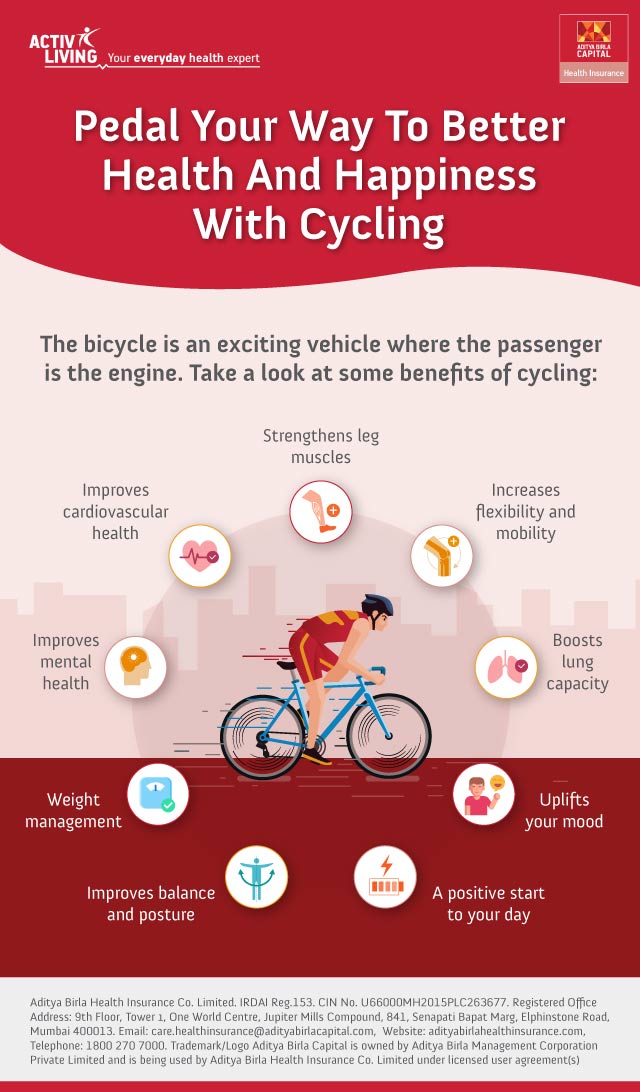Which Of The Following Is Not A Benefit Of Cycling
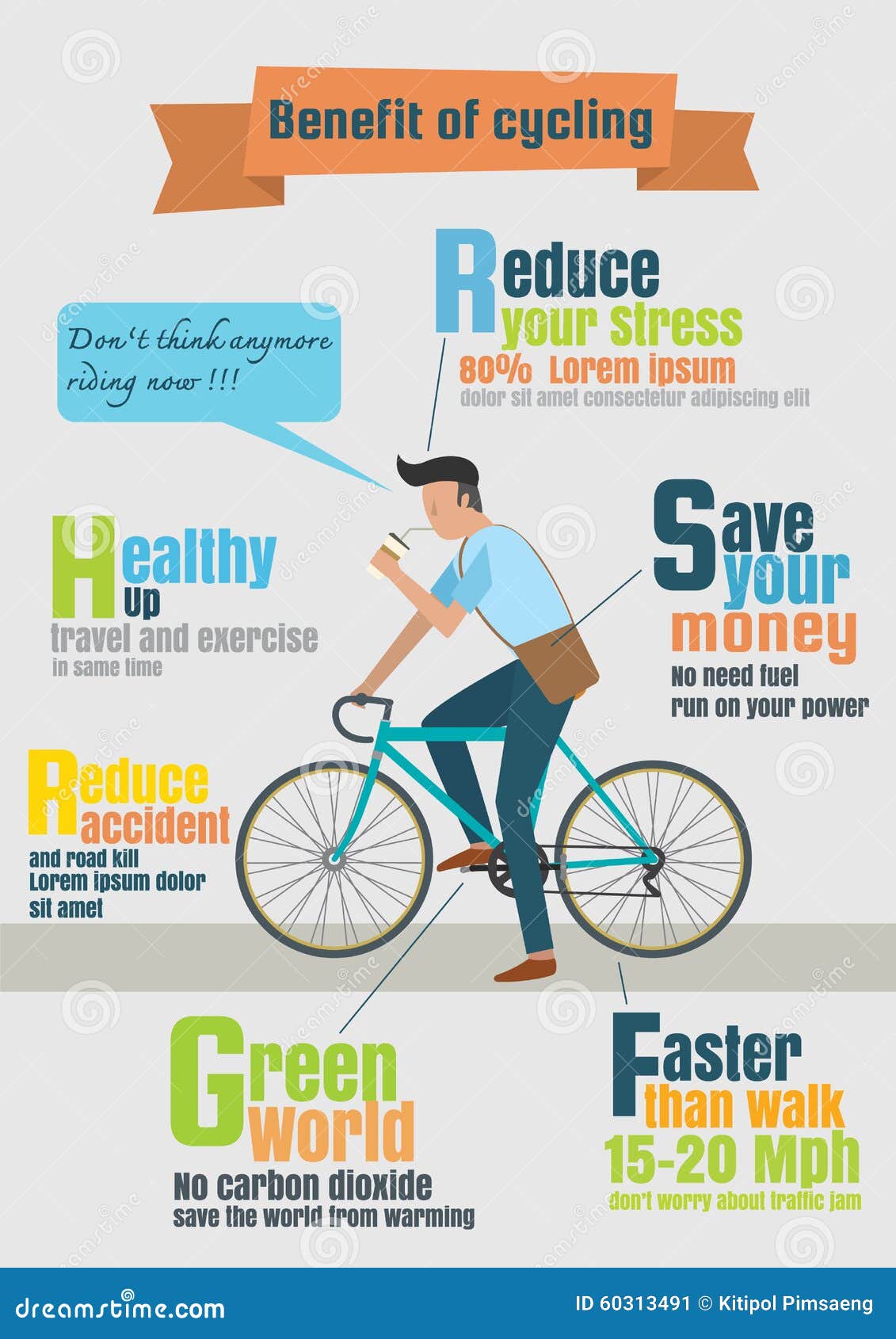
Cycling is often lauded as a near-perfect activity, boasting benefits ranging from improved cardiovascular health to reduced carbon emissions. However, the narrative of unbridled positivity can sometimes obscure the potential downsides, leading to misconceptions about its suitability for everyone and every situation.
This article aims to explore a crucial question: Which widely touted benefit of cycling is, in reality, often overstated or conditional? By examining common assumptions against available evidence, we hope to provide a more balanced perspective on this popular activity.
The Myth of Universal Accessibility
Cycling is frequently promoted as an accessible activity, suitable for individuals of all ages and fitness levels. While the principle holds merit, the reality is often more nuanced. Factors such as pre-existing health conditions, geographical location, and socio-economic circumstances can significantly limit accessibility.
For instance, individuals with certain orthopedic issues, such as severe arthritis or knee problems, may find cycling exacerbates their pain. Dr. Emily Carter, a sports medicine specialist, notes, "While cycling can be low-impact, repetitive motion can still strain joints, especially if the bike isn't properly fitted or the rider doesn't use proper form."
Accessibility is further complicated by geographical factors. Hilly terrains can present a significant challenge for novice cyclists or those with limited physical endurance. Infrastructure also plays a crucial role; the lack of safe bike lanes and cycling paths in many urban and rural areas makes cycling a risky endeavor, deterring many potential riders.
The Environmental Impact Nuance
Cycling is widely considered an environmentally friendly mode of transportation, an alternative to carbon-emitting vehicles. However, a complete life-cycle assessment reveals a more complex picture. Manufacturing a bicycle requires energy and resources, contributing to carbon emissions.
Furthermore, the production and disposal of cycling gear, such as helmets, apparel, and tires, also have an environmental footprint. According to a report by the European Cyclists' Federation (ECF), "While cycling's overall environmental impact is significantly lower than that of cars, it's not entirely carbon-neutral."
Even the type of bicycle plays a role. Electric bikes, while beneficial for riders needing assistance, require batteries that necessitate resource extraction and have disposal concerns. The actual environmental benefits of cycling depend heavily on factors such as manufacturing practices, usage patterns, and disposal methods.
Challenging the Safety Narrative
While promoting physical activity, cycling advocates often underplay the inherent risks involved. Cyclists are vulnerable road users, exposed to potential collisions with cars, pedestrians, and other obstacles. Statistics consistently demonstrate a higher injury rate per mile compared to driving.
Data from the National Highway Traffic Safety Administration (NHTSA) shows that cyclist fatalities have been on the rise in recent years. "Increased distracted driving, coupled with inadequate cycling infrastructure, has contributed to a dangerous environment for cyclists," states a recent NHTSA report.
The argument that cycling invariably improves safety is thus misleading. The risk of injury or death while cycling remains a significant concern, particularly in areas with high traffic density and poor cycling infrastructure. Effective safety measures such as wearing helmets, using proper lighting, and adhering to traffic laws are crucial to mitigate these risks.
The Economic Considerations
Although often promoted as an affordable transportation option, cycling can be surprisingly expensive. The initial investment in a quality bicycle, along with essential accessories like helmets, locks, and repair tools, can represent a significant financial burden, especially for low-income individuals.
Furthermore, ongoing maintenance and repair costs can accumulate over time. High-end bicycles, in particular, may require specialized parts and professional servicing, adding to the expense. The assumption that cycling is always the most economical option ignores these potential costs.
"For many, the perceived affordability of cycling is offset by the need for specialized gear, repairs, and potentially membership in cycling communities for social and safety reasons," says Sarah Johnson, an urban planning researcher studying transportation equity.
Conclusion
While cycling offers numerous advantages, it's crucial to approach its benefits with a critical eye. The idea that cycling is a universally accessible, environmentally flawless, and inherently safe and affordable activity requires careful consideration. Overstating these benefits can lead to unrealistic expectations and potentially negative consequences.
By acknowledging the potential downsides and addressing the challenges related to accessibility, safety, and cost, we can promote a more informed and responsible approach to cycling. This, in turn, will allow individuals to make better decisions about incorporating cycling into their lives.
Ultimately, a balanced perspective is essential to maximize the benefits of cycling while minimizing the potential risks and drawbacks.



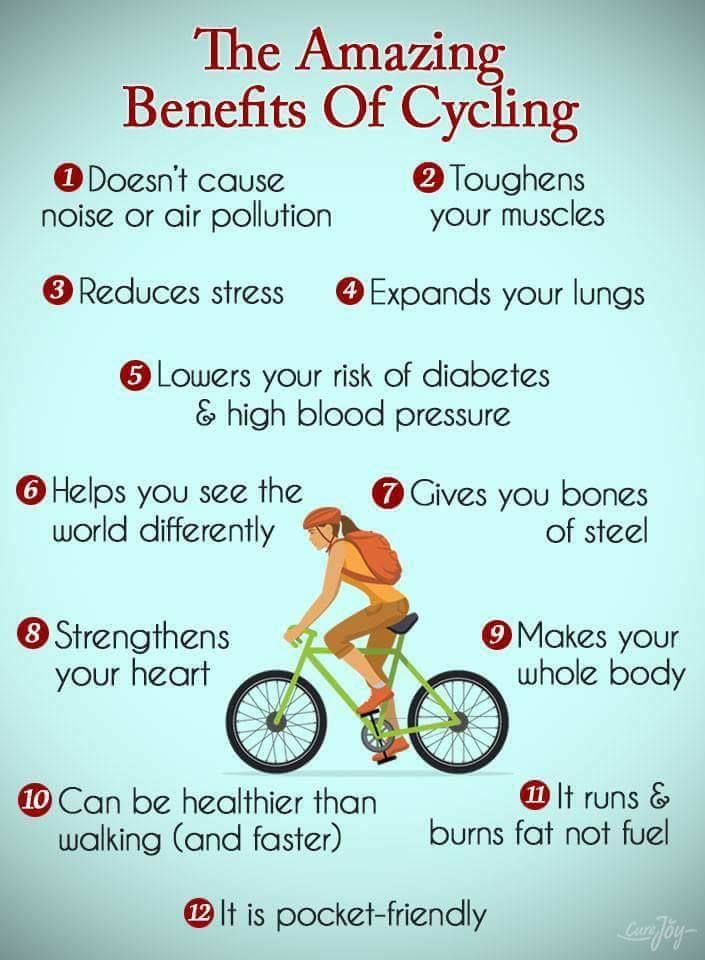
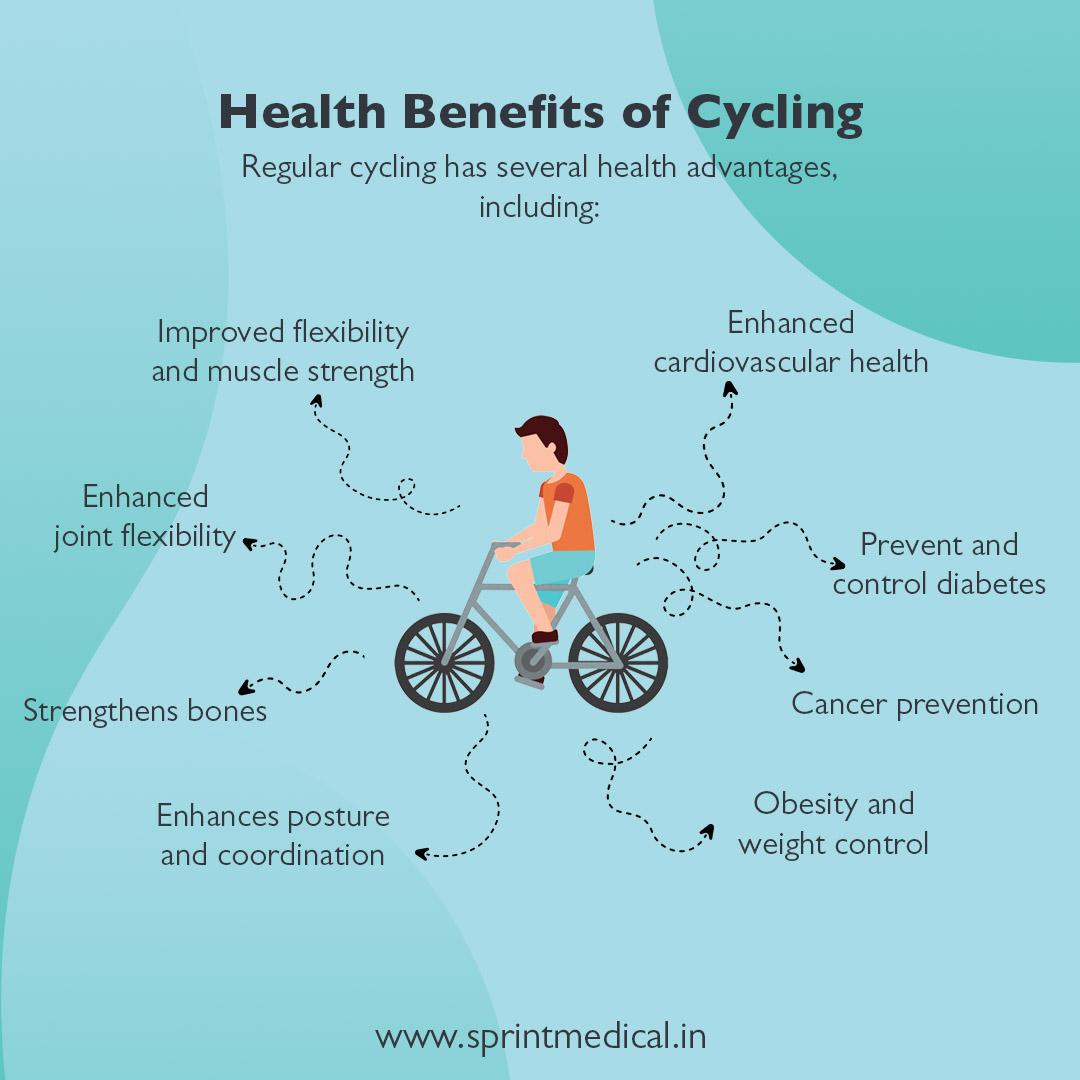



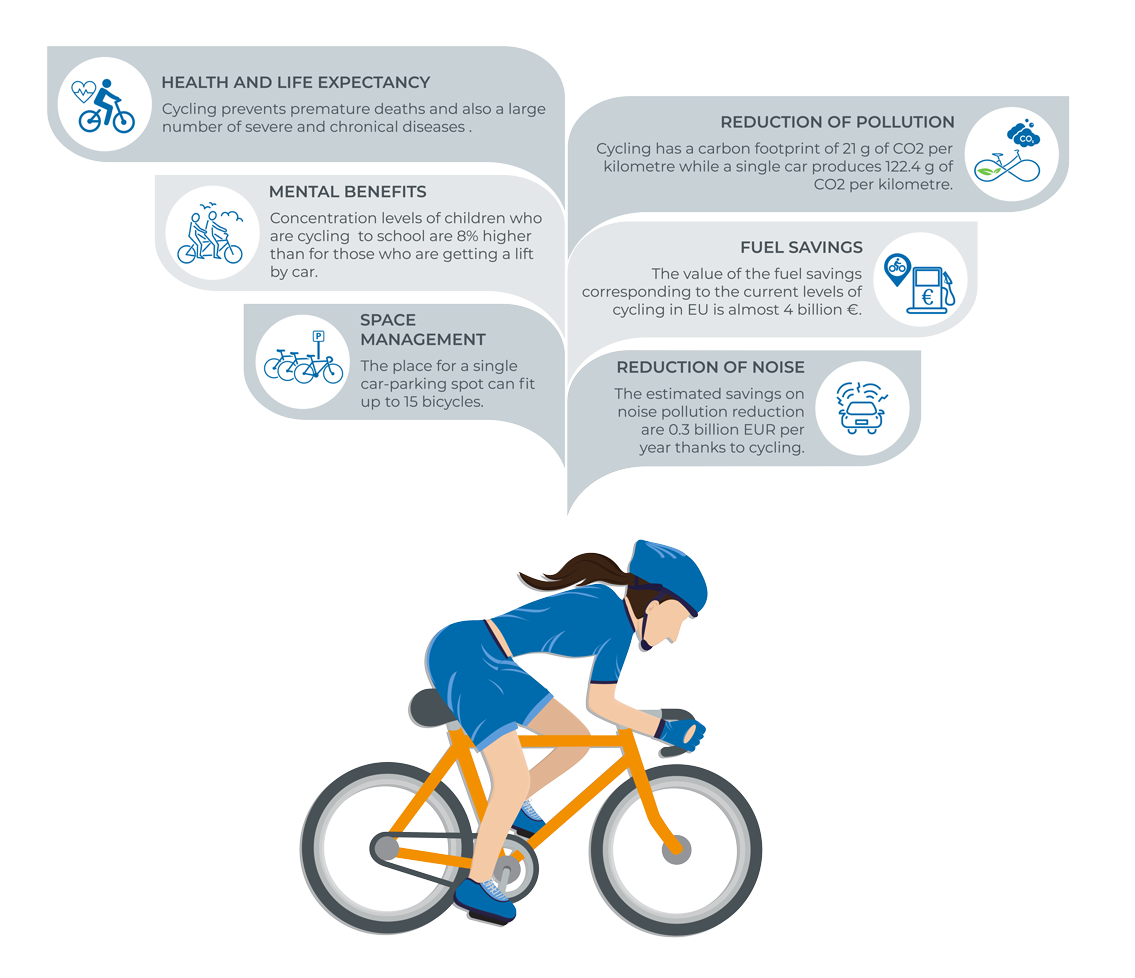
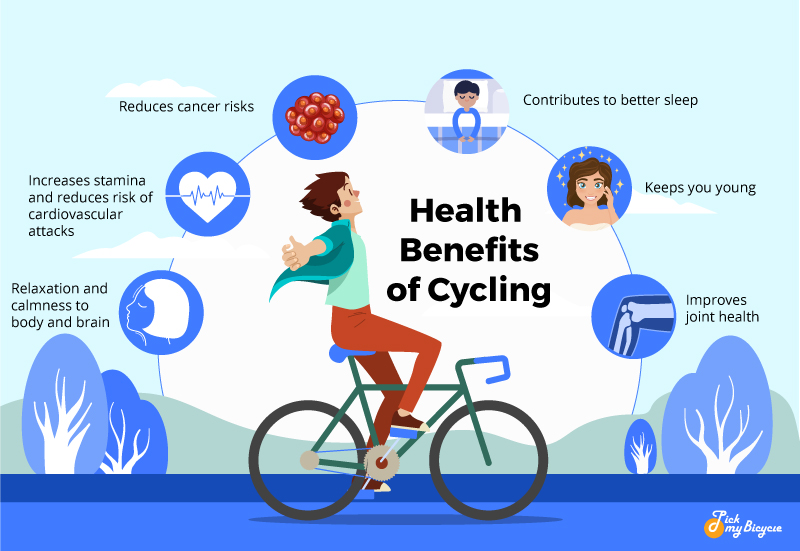


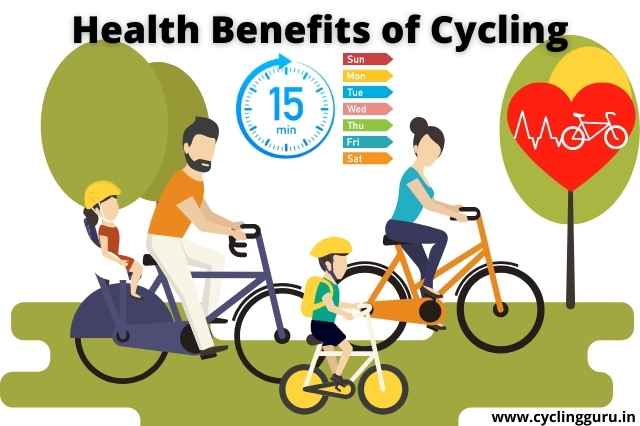
![Which Of The Following Is Not A Benefit Of Cycling 25 Health Benefits of Cycling [Infographic] - Best Infographics](https://www.best-infographics.com/wp-content/uploads/2020/05/14/25-Health-Benefits-of-Cycling-600x600.jpg)


